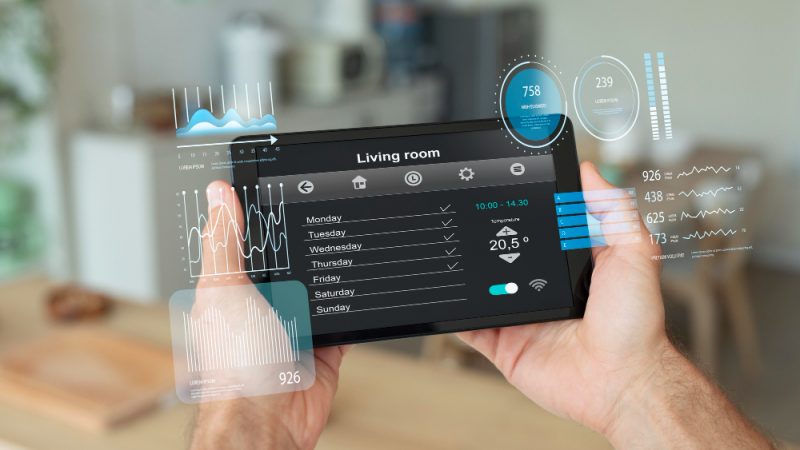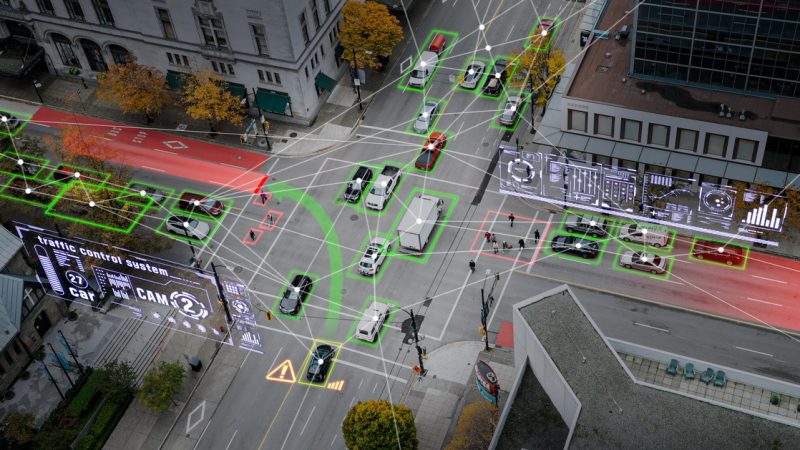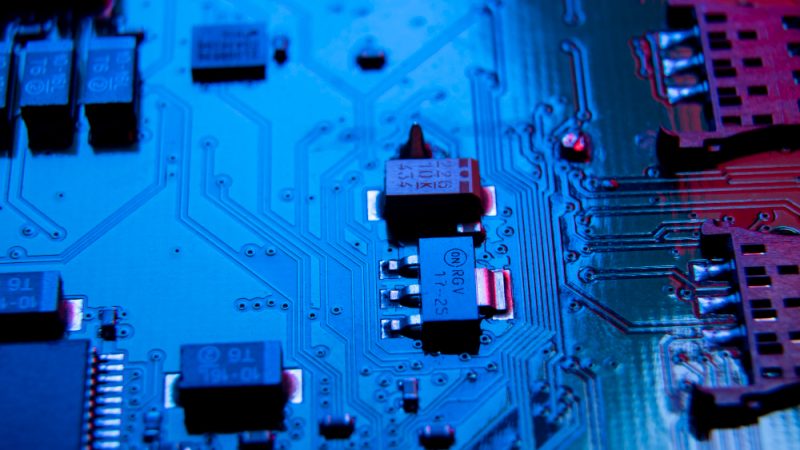Steering the Security & Surveillance Industry with IoT

In wireless communication and networking, a new emblem named “The Internet of Things (IoT)” has gained more and more attention in the industry during the past few years. By implanting short-range mobile transceivers into a broad array of added devices and everyday items, enabling new modes of communication between people and things and between things themselves, IoT has appended a unique perspective to the world of information and communication.
Security refers to the measures used to protect against crime, attack, sabotage, espionage, and other threats.
The use of security and monitoring in the workplace has grown commonplace. However, there are dangers in the world: some are personal threats, while others are asset-related dangers or risks. While there has been much debate recently concerning the proper usage and degree of monitoring, it is fair to argue that some level of security and surveillance is required in today’s society.
From basic home monitoring systems and burglar alarms to high-definition, motion-detecting cameras and retina scanning security solutions, security and surveillance solutions cover it all. A fundamental sort of M2M security solution is enabled by many forms of connectivity, including fixed-line and wireless. However, we have entered the Internet of Things (IoT)realm when data from the solutions are gathered and analyzed to forecast behavior or stop crimes. We can access this data on common platforms and devices – including mobile devices (IoT).
In 2012, 28 million security and surveillance IoT device connections worldwide, with a compound annual growth rate of 22%, expected to reach 170 million by 2021. However, many security and surveillance systems, particularly those in residences, are currently disconnected. Over the next ten years, we expect the percentage of these home systems connected to rise.
In emerging geographic markets, we predict a growth in the number of connected security and surveillance systems. This is because we expect homes and businesses to need to defend their environs better as economic conditions continue to grow overall wealth levels in emerging markets. While we do not expect emerging markets to embrace connected security systems faster than established markets, the emerging markets’ aggregate size makes them very appealing to service providers and manufacturers of residential and commercial security & surveillance solutions.
We expect a greater emphasis on four components of security and surveillance solutions over the next 10 years, and these four features underline the shift from an M2M to an IoT world:
IP enablement – We expect security and surveillance solutions to become more reliant on IP as a transport medium. This greater reliance on a common protocol like IP will facilitate the launch of new solutions and services, such as home management, video-based monitoring, facial recognition, and others, and simplify the integration of diverse systems. These solutions will be easier to deploy and have reduced total costs if they use a single and widely available communications protocol. We expect IP to be the basic protocol of the Internet of Things.
Integration with other home and business automation systems – We expect home and business security and surveillance systems to be connected with other systems
such as home energy management, asset security for uniquely tagged residential and commercial assets, and building IoT solutions. Combining products with a similar user interface will simplify the client experience while also providing a more comprehensive information collection. Traditional residential and business alarm system providers are expected to be the most likely marketers of these types of integrated solutions.
Video – Video-based surveillance solutions are becoming more prevalent in homes and businesses due to higher broadband speeds and standardized apps for facial recognition and sophisticated movement identification.
Mobile device access – Many residential and business consumers of security and surveillance solutions expect the ability to view security and surveillance data – whether historical records or real-time actions – using ordinary mobile devices such as smartphones and tablets. Offering mobile device integration is considerably more viable now than it was some years ago, thanks to the explosion of mobile devices and active application developer communities.
Wrapping up
We anticipate that security & surveillance solution providers and manufacturers will continue to develop creative solutions that combine equipment, software, mobile tools, connection, video, and customer support and monitoring services. In addition, we expect these service providers to use more apps that model, predict, and immediately alert monitoring facilities to potential security breaches. The transition from M2M to IoT is being signaled by this shift toward integrated services and applications.






